Tretinoin and Retinol Which Therapy Should You Choose?
Retinol is an over-the-counter retinoid and a more powerful, more effective version of retinaldehyde and retinyl palmate. Tretinoin, on the other hand, is a synthetic vitamin A prescribed by your dermatologist or health care professional.

Blog Posts
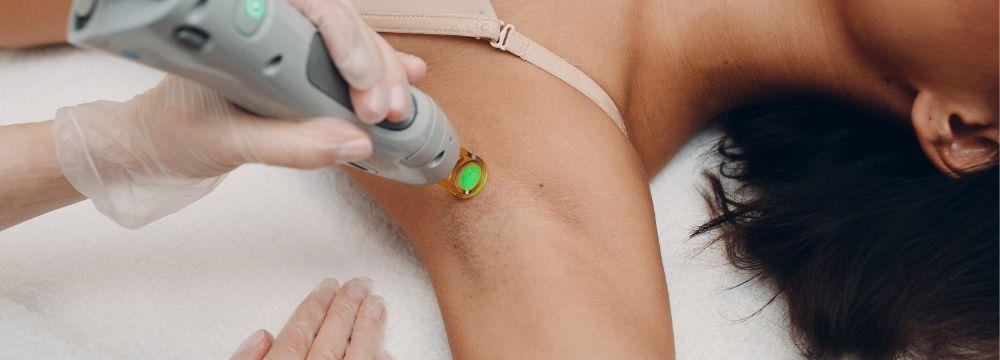
Laser Hair Removal and Different Skin Types (The Fitzpatrick Scale)
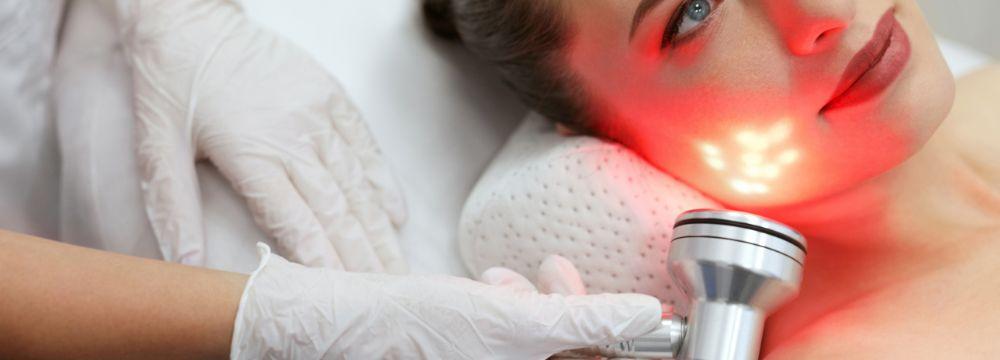
IPL Versus LED Red Light Therapy for Facial Skin

Hair Removal Techniques Explained
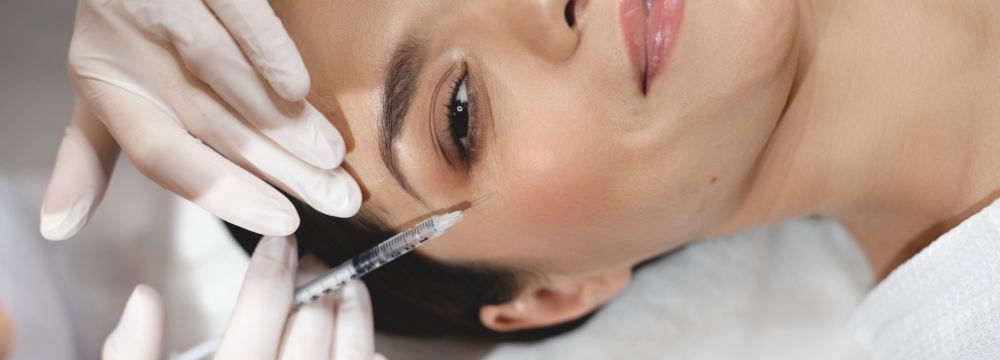
Best Areas to Have Botox®/Tox Injections
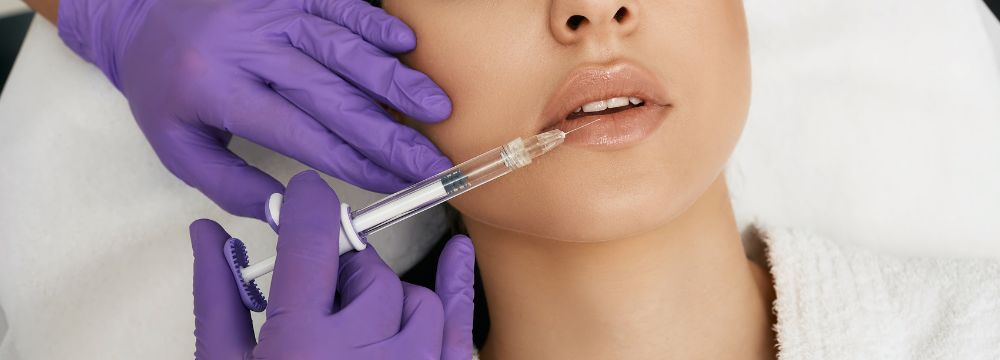
Avoid Needle-Free Filler
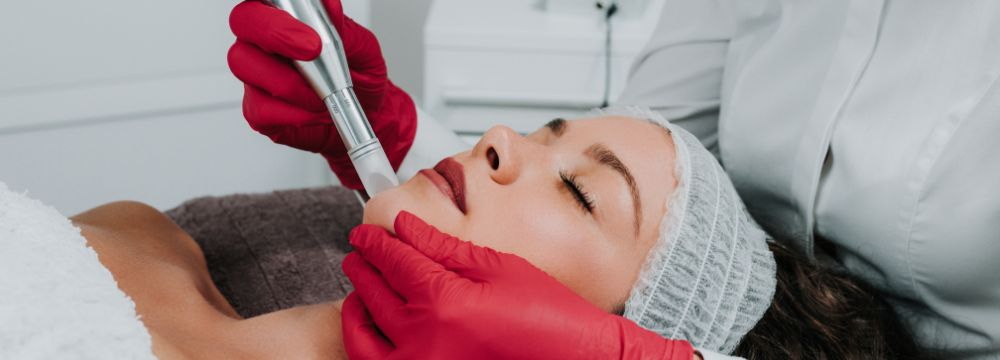
Three Facial Treatments You Can (And Often Should) Have Done Together

Does Body Contouring Really Work?

What Is Trap Tox or Barbie Botox®, and Does It Make Sense to You?

Coolsculpting® vs. Emsculpt® – What’s Best for You?
